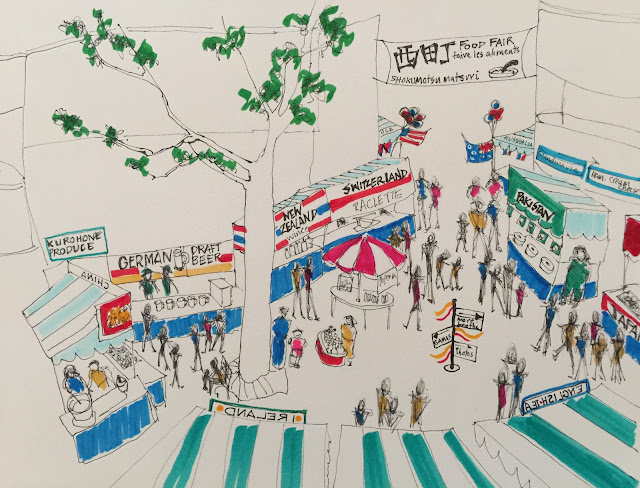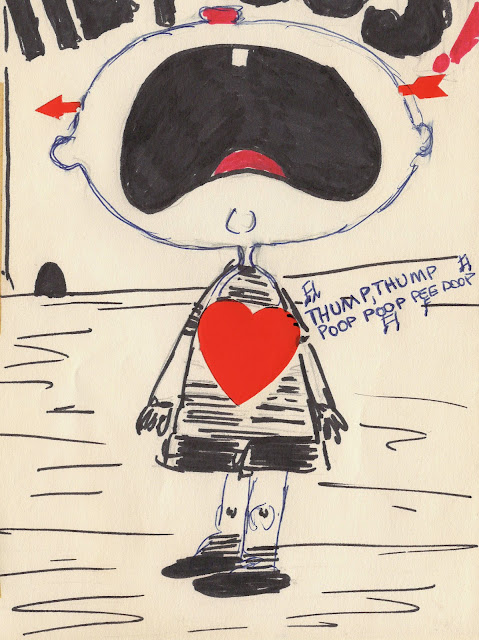In 2021 we hoped we would all return to a more quiet, less chaotic life but the recent news about Russia and Ukraine has raised anxiety levels again. The current events remind me, on a much smaller scale, of managing the Food Fair at our son's international school in Tokyo. The school included students from Japan as well as from all over the world. The fair took place in October when the humidity had dissipated and everyone had a chance to adjust to a new school year.
Running the fair was like leading a mini U. N. The fair was contained in the small schoolyard surrounded by the school's buildings -- not much room for over 30 booths representing 30 countries. I had to deal with uptight parents, different languages, and different cultural expectations. Sometimes I succeeded, sometimes I didn't. My committee was composed of the same combination of mixed cultures. Nothing was done without a lot of discussion and debate. For instance, we had to decide where to put the Pakistan and Indian parents' booths so they weren't too close to each other because their two countries were often in conflict at the time. My most difficult moment came when I had to tell the Russian parents as they arrived to set up their booth that we had a misunderstanding. The money raised at the fair went to the school and not to each booth (a language barrier created the problem), and then I had to watch as they packed up their pastries and left. I thought of the so-called butterfly effect where one small action can ripple into larger waves.
The Aussies and American booths were opposite each other just outside the school's main entrance. These parents, besides the Japanese, were the largest contingent in the school and the loudest at the fair. Their many offerings attracted the attention of passersby. The Japanese booth, located inside the main entrance, offered Yakitori and ramen, and also a chance to try on a kimono or haori (men's traditional coat) for a photo. The Aussies cooked up lamb chops and sausage and steak sandwiches. The Americans made chili in large soup pots and barbequed hamburgers. They also secured, through the local army base, Pop-Tarts, candy, cereals, and all-purpose flour that weren't available in the Japanese markets and which satisfied the longing for food from home. The woman who agreed to order these supplies missed her deadline. I called her to confirm that she had completed the order only to learn later that her husband had committed suicide a few days before. My heart sank when I heard the news. I knew that living, working, and adjusting to life in another country can be a challenge for anyone. We arranged for someone else to take her assignment, but there was no way to cure her world of hurt.
A group of taiko drummers consisting of people from numerous countries marched through the schoolyard to open the fair. The drumming was an upbeat way to encourage people to play the games, eat the food, and mingle with people from all over the world who all had a common interest in the children at the school. It reminded me of a comment I hear so often lately, "Why can't we all just get along."
May we bring hope to the people of Ukraine today.















